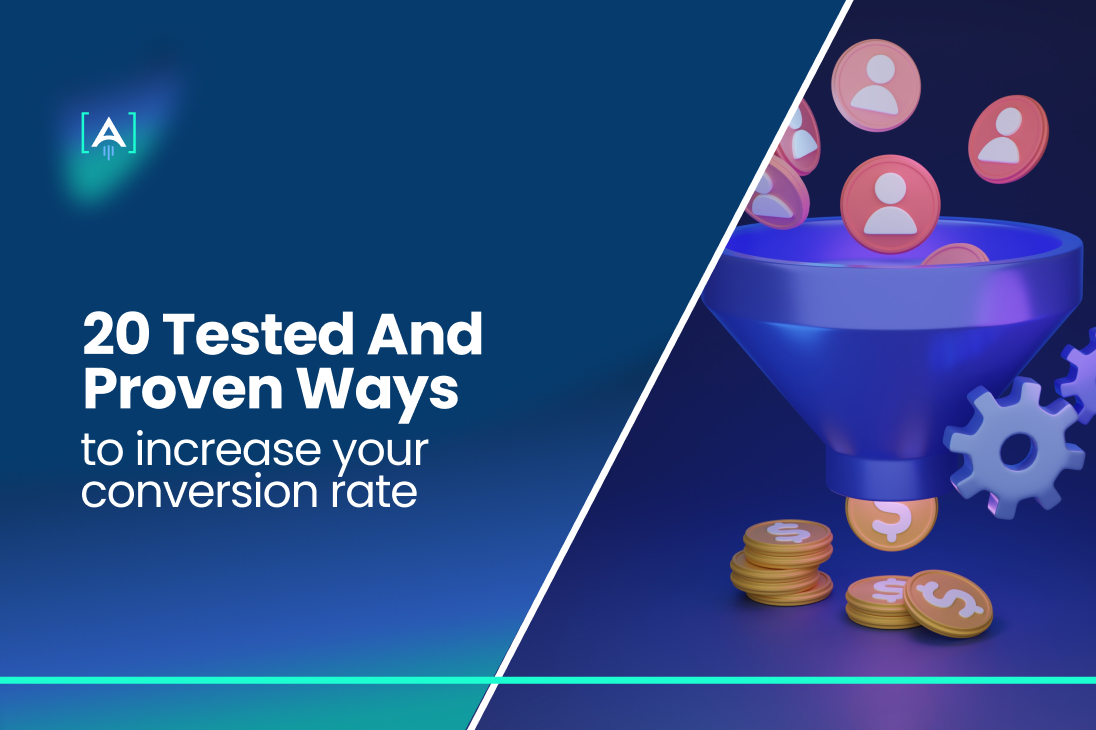In the world of online business, conversion rates are everything. Any successful online marketer knows that a large portion of their success depends on their ability to turn site visitors into paying customers.
That’s why it’s important to constantly analyze and optimize your website for maximum conversion. Of course, conversion rates vary widely from one industry to another, and there is no magic number that all businesses should strive to reach.
However, there are several tried and true techniques that can help increase conversion rates for any business.
In this article, we’ll define what conversion optimization is and discover some of the best ways to improve it. If you’re looking to take your business to the next level, partnering with a conversion rate optimization agency could be a game-changer.
So, without further ado, let’s dive into the world of CRO!
What is a Conversion Rate?

Conversion rate is a metric that measures the percentage of website visitors who take some desired action. The desired action could be anything from making a purchase to signing up for a newsletter.
Conversion rate is often used as a key indicator of a website’s success. The average conversion rate for a website is typically between 2-5%. However, this can vary greatly depending on the industry and the quality of the website itself.
High website conversions indicate that visitors are finding what they’re looking for on the site and taking the desired action.
Low website conversions, on the other hand, could be an indication that there are problems with the site’s design or content.
Improving conversion rates can have a significant influence on a business’s bottom line, as even small increases in conversion can lead to substantial revenue growth.
Why are Conversion Rates so Important?
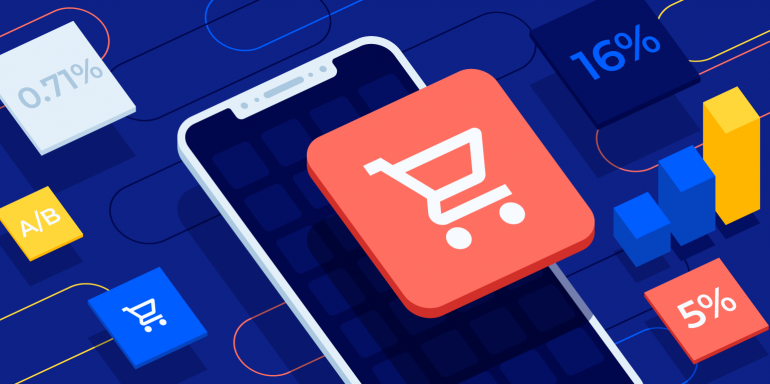
You run a marketing campaign with the hope of increasing your business’s sales and revenue.
However, it is not just the number of visitors that matters but also how many of those visitors will do what you want them to do and convert into paying customers.
This is where conversion rate becomes important, as it indicates the effectiveness of your marketing campaigns in driving sales and generating revenue.
A good marketing campaign is all about having the right message and targeting the right audience, and a high conversion rate shows that you are doing just that.
As such, constantly monitoring and improving your conversion rate can have a significant influence on the success of your business.
If you never take the time to track and improve your conversion rate, you may be leaving money on the table and missing out on potential growth opportunities.
How to Calculate Conversion Rates?
Calculating the conversion rate is fairly straightforward. The formula is:
The number of conversions/ total number of visitors x 100 = conversion rate.

For instance, if you had 50 conversions out of 1000 visitors, your conversion rate would be 5%.
It’s important to note that the definition of a “conversion” will vary depending on the goals and objectives of your website. It could be a purchase, newsletter signup, downloading a whitepaper, or any other desired action.
Likewise, the calculation of the conversion rate can also vary depending on what timeframe and segment of visitors you are looking at (e.g., all visitors vs. mobile visitors).
When analyzing your conversion rate, it’s helpful to break it down by different segments and compare it against industry benchmarks to get a better understanding of how your site is performing.
Conversion rate is just one metric that can provide insights into the performance of a website. It’s important to also look at other metrics, such as bounce rate and average time on site, in order to paint a holistic picture of how your website is performing.
Ultimately, the goal should be to constantly strive for improvement in all areas in order to drive long-term success for your business.
20 Ways to Increase Your Conversion Rate
So, you have a website and traffic coming in but not enough conversions?
Luckily, there are several ways you can drive people down your conversion funnel!
Here are 20 tested and proven ways to increase the conversion rate of your website:
Include more social proof on your website
A primary way to increase the conversion rate on your website is by increasing social proof.
The old adage “people buy from people” still holds true today.
In fact, people are more likely to trust a brand if they see that other people have had positive experiences with it.
Here is how you can incorporate social proof on your website:
Add Customer Reviews and Testimonials
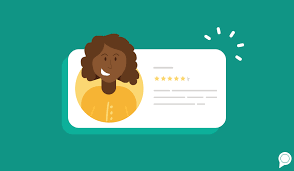
This is perhaps the most obvious way to showcase social proof on your website.
Include a section dedicated to customer reviews and testimonials, with real names and photos if possible.
By adding a human element, customers will see that real people have had success with your brand.
Thus, this will eliminate all the possible hesitations and doubts they may have about purchasing from you.
Include Case Studies
Another way to showcase social proof is by sharing case studies of how your product or service has helped solve a problem for past customers.

Not only does this provide evidence of the effectiveness of your brand, but it also helps potential customers envision how they can benefit from your offering.
Display Media Mentions and Partnerships
If your brand has been featured in reputable publications or websites, make sure to showcase these mentions on your website.
You can also consider highlighting any partnerships you have with well-known companies or organizations.
Seeing that respected entities trust and believe in your brand will lend credibility to potential customers.
Show Social Media Engagement
Don’t forget to include any relevant social media mentions or engagement on your website.
This could be in the form of displaying Instagram post screenshots with customer reviews, sharing the number of followers you have on a platform like Twitter, or showcasing the level of engagement on a Facebook page.
Learn more about 46 Facebook Ad Stats And Benchmarks That Can Improve Your Performance.

Utilize User-Generated Content
Consider reposting or sharing any photos or videos that customers have posted about your brand on their own social media channels.

This not only adds social proof but also helps foster a sense of community and loyalty among your customer base.
Create Concise Forms
A common mistake that can decrease conversions is having long and overwhelming forms for potential customers to fill out.
By nature, human beings are concise creatures – we like to get straight to the point.
So when we see a form that is long and convoluted, our first instinct is to click away. But when we see a form that is short and sweet, we’re more likely to complete it.
There are a few key things to take into account when creating forms that are designed to convert.
Make Sure That You Only Ask for Essential Information

There’s no need to include extraneous fields that will only serve to frustrate users. Try to include only important aspects such as name, email address, and payment information.
Use Clear and Concise Language Throughout the Form
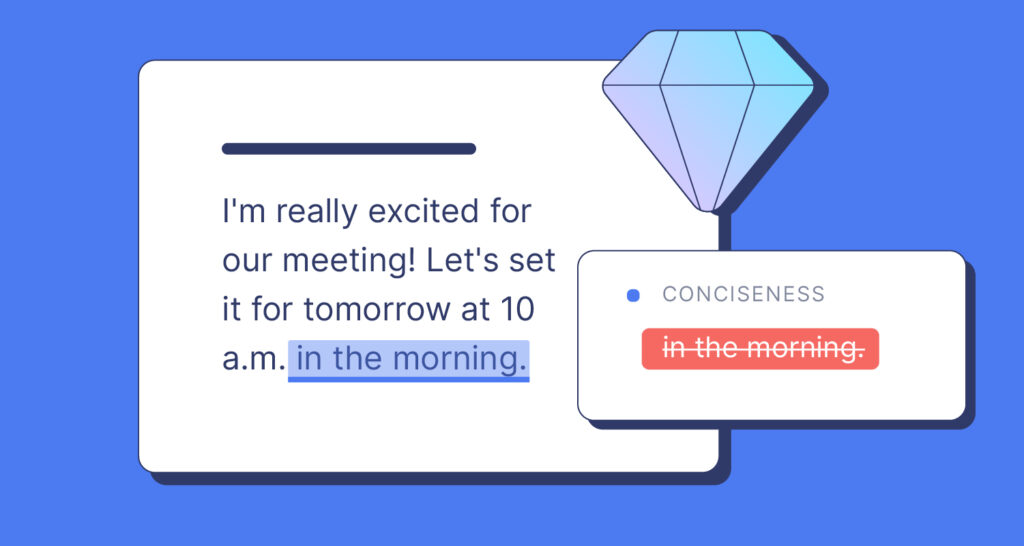
Avoid jargon or technical terms that might confuse people.
Make Sure the Form Is Visually Pleasing and Easy to Navigate
If it’s confusing or difficult to use, people will simply give up and leave.
By following these simple tips, you may create forms that are more likely to convert users into customers or clients.
Add Live Chat to Assist Your Website Visitors With
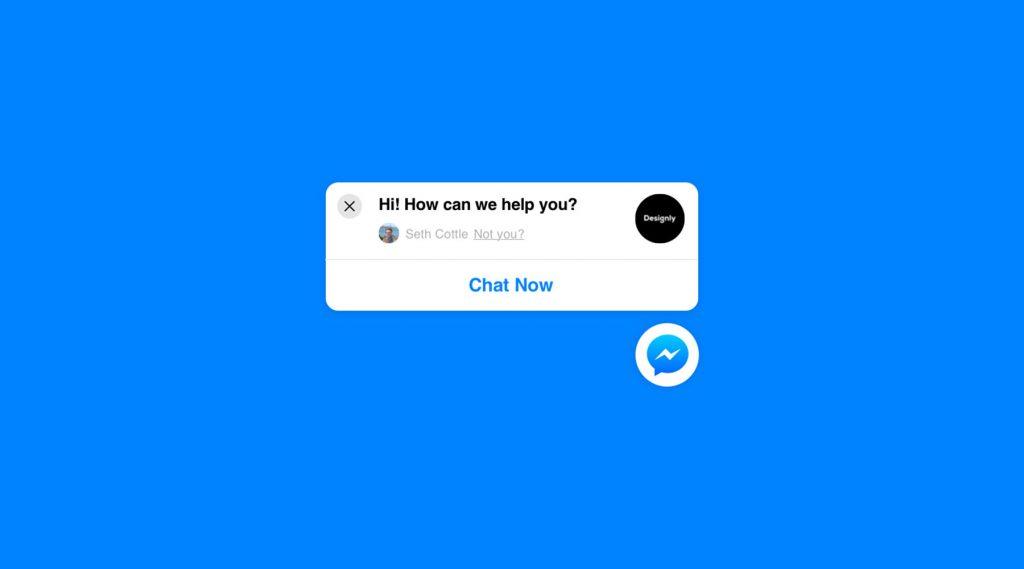
Any business that wants to stay competitive in today’s market needs to have a website.
However, a website is not just a static digital storefront; it needs to be interactive and engaging in order to convert visitors into customers. One way to make your website more interactive and assist your visitors is to add live chat.
Live chat allows your visitors to ask questions in real-time and get prompt answers from customer service representatives.
This can help to address any concerns they may have about your product or service and increase the likelihood that they will make a purchase.
In addition, live chat can also help to build trust and rapport with potential customers.
By providing prompt and professional assistance, you can create a positive impression of your brand that will encourage your website visitors to return in the future.
Here are a few tips for implementing live chat on your website:
- Choose a chat software that integrates seamlessly with your website and makes it easy for both customers and representatives to use.
- Train your customer service team on how to effectively use the live chat feature and handle various customer queries or concerns.
- Clearly display the chat option on your website so that visitors know it is available and can easily access it if needed.
Adding live chat to your website can greatly improve the user experience and ultimately increase the conversion rate on your website.
Add a Pop-Up to Your Website
Pop-ups may seem annoying to some, but they can actually be an effective tool for increasing conversions on your website.
When used strategically, pop-ups can grab the attention of visitors and prompt them to take the desired action, such as signing up for a newsletter or making a purchase.
Here are a few tips for utilizing pop-ups on your website:
- Personalize the pop-up message to fit the specific needs and interests of your target audience.
- Offer an enticing incentive, such as a discount or free trial, to encourage website visitors to take the desired action.
- Make sure the pop-up is visually appealing and easy to understand.
- Don’t overload your website with multiple pop-ups; one well-designed pop-up should be enough to grab the attention of visitors and prompt them to take action.
By carefully implementing pop-up tools on your website, you can effectively increase conversions and drive more sales.
Make the Navigation of Your Website Easy to Use
Navigation is key when it comes to converting incoming traffic into customers.
If customers can’t find what they’re looking for on your website, they’ll simply go elsewhere.
In order to make your site easy to navigate and use, consider the following tips:
- Put important pages, such as your product or service offerings, in a prominent location on the homepage.
- Use drop-down menus to organize information and make it easily accessible.
- Include a search bar so visitors can quickly find specific products or information.
- Regularly review and update the navigation to ensure that it remains user-friendly.
Conduct A/B Testing
No website is perfect, and there is always room for improvement. That’s where A/B testing comes in!
A/B testing involves creating two versions of a webpage and comparing their performance in terms of conversions.
For example, you could create one version with a red call-to-action button and one with a blue button and see which one results in more conversions.
A/B testing allows you to continually optimize your website and increase its conversion rate.
However, it’s important to set clear goals and only change one element at a time in order to gather data effectively and interpret the results.
Improve Your Website Loading Time

In today’s fast-paced world, people expect information to be readily available at their fingertips. Therefore, slow-loading pages can greatly impact your conversion rate.
If your website takes too long to load, customers will likely leave and go to a competitor’s faster site.
Here are three ways to improve your website’s loading time and reduce visitor frustrations:
- Compress and optimize images to reduce their size without sacrificing quality.
- Minimize unnecessary code and plugins.
- Use a content delivery network to host your website in multiple locations, allowing for faster loading times for visitors from different regions.
By improving your website’s page speed, you can provide better user behavior and experience and potentially increase conversions.
Optimize Your Website for Mobile

In today’s mobile-centric world, where people rely on their smartphones for much of their online activity, it’s crucial to have an up-to-date mobile site.
Not only does this improve the customer experience for those accessing your site from a mobile device, but it can also positively impact your search engine rankings.
Some tips for optimizing your website for mobile users include using a responsive design, keeping the layout simple and uncluttered, and including larger fonts and buttons to make it easy for users to navigate on a smaller screen.
Strengthen Your CTA (Call to Action) Copy
Your CTA is one of the most crucial elements on your website or landing page. It’s what tells your website visitors what you want them to do next – whether that’s subscribing to your newsletter, downloading a white paper, or making a purchase.
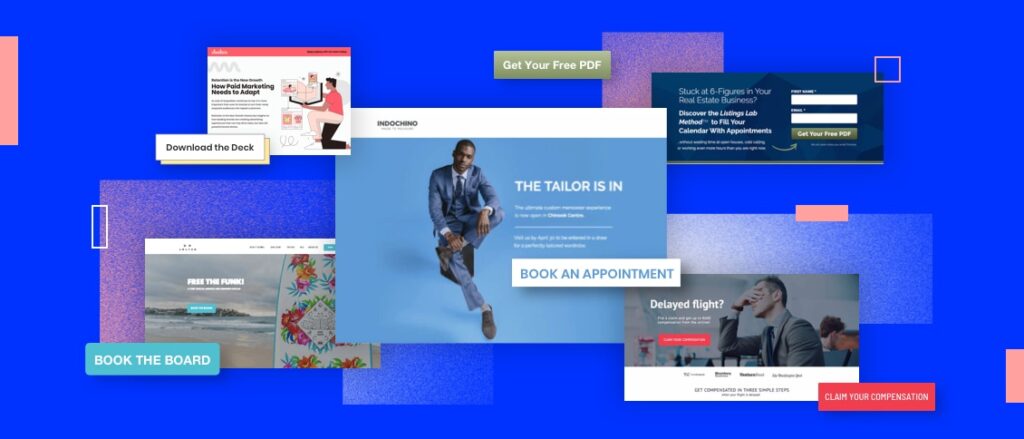
Strong CTA copy can make all the difference in whether or not visitors take the next step.
Here are a few valuable tips for writing effective CTA copy:
Use Persuasive Language
Your CTA should be clear and direct, but it should also be persuasive. Use language that will inspire confidence and encourage people to take action.
Use Strong Verbs
Verbs like “download,” “subscribe,” and “buy” are powerful calls to action. They’re specific, and they leave no room for interpretation.
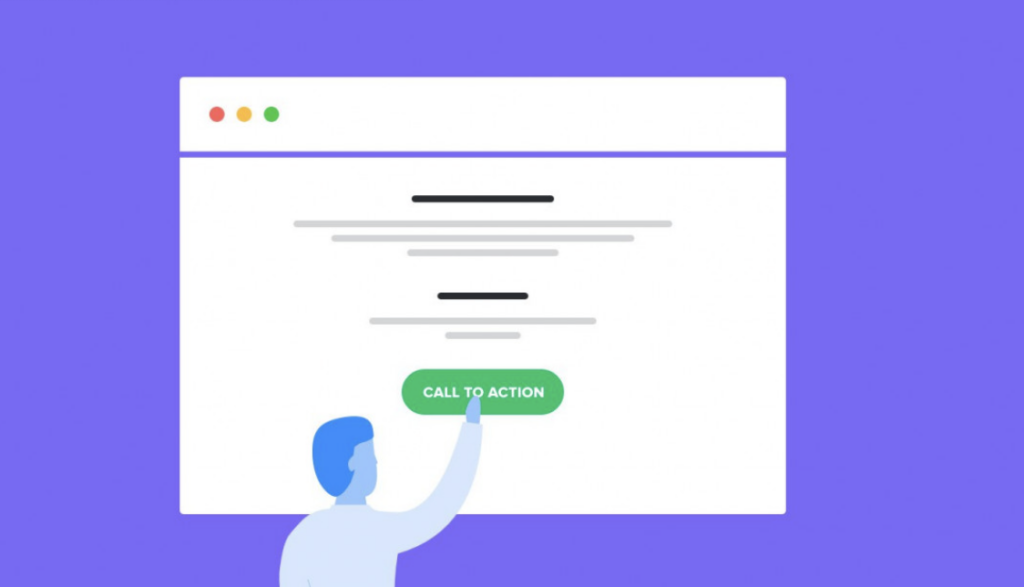
Be Clear and Concise
Don’t try to cram too much into your CTA. Keep it short and sweet so that people can quickly understand what you want them to do.
Take the time to craft your CTA copy carefully – it could make all the difference in your website conversion rate results!
Make Your Website Visually Attractive
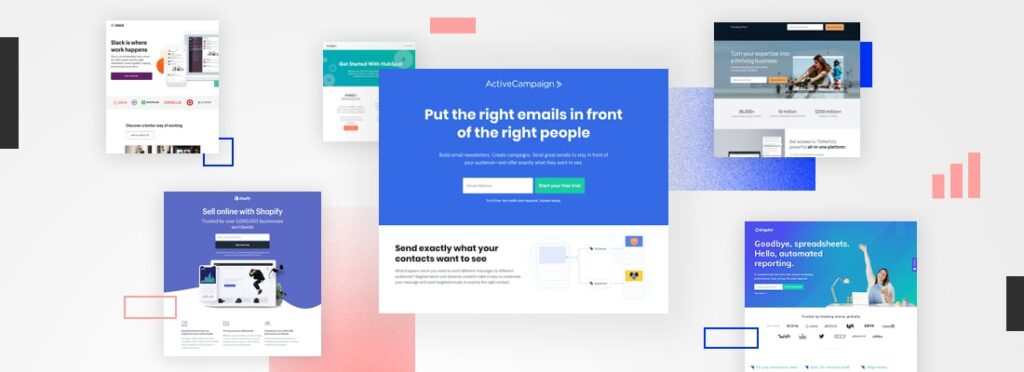
Let’s face it – we all judge a book by its cover!
The same applies to your website. People will form first impressions based on the visual appearance of your site, so it’s important to make sure it looks attractive and professional.
That being said, don’t sacrifice function for aesthetics – make sure it’s easy for visitors to navigate and find the information they need.
By presenting a visually appealing website, you can catch the attention of visitors and potentially increase your website conversion rates. This can be a huge boost!
Here are four quick tips for improving the visual appeal of your website:
- Use high-quality, visually appealing images
- Utilize whitespace to create a clean and organized layout
- Choose a color scheme that complements your brand
- Incorporate attractive design elements like fonts and graphics
Meet Customer Expectations

In today’s competitive market, it’s not enough to just have a functional website or product – you need to exceed customer expectations in order for them to choose your brand over the competition.
This means understanding your audience’s pain points and what they want and need and delivering on those expectations.
Some ways to meet customer expectations include providing clear information about your products or services, offering a user-friendly website or experience, and being responsive to customer inquiries or complaints.
Meeting and exceeding customer expectations can lead to increased conversions and satisfied customers.
Remove Unnecessary Distractions
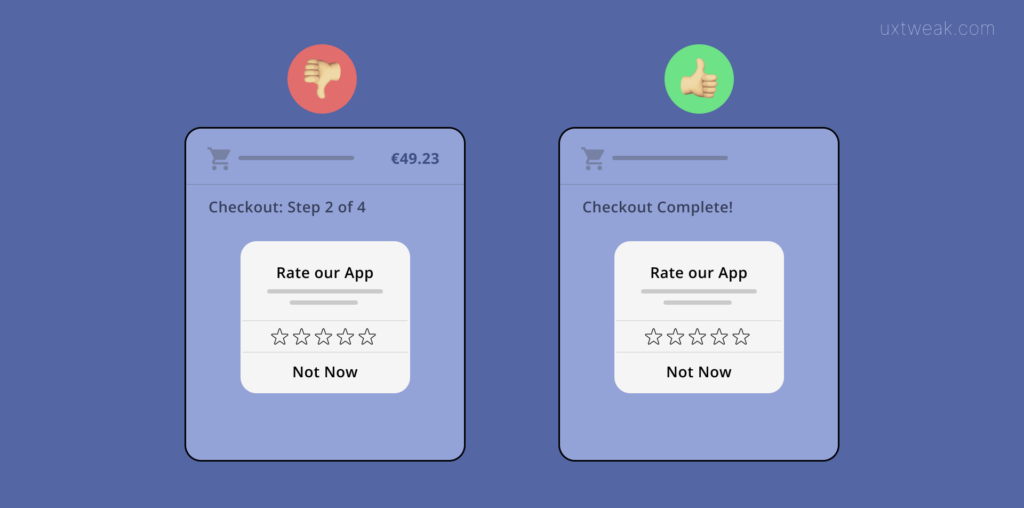
Your website or landing page should have one clear goal – whether it’s to sell a product, generate leads, or provide information.
Anything that takes away from this goal can distract visitors and decrease conversions. Remove any unnecessary elements from your site, such as distracting advertisements or broken links, and focus on what’s important to your goal.
After all, less is often more when it comes to conversions!
Add Incentives to Take Action Right Away
There is hardly anyone out there who doesn’t love a good deal or discount.
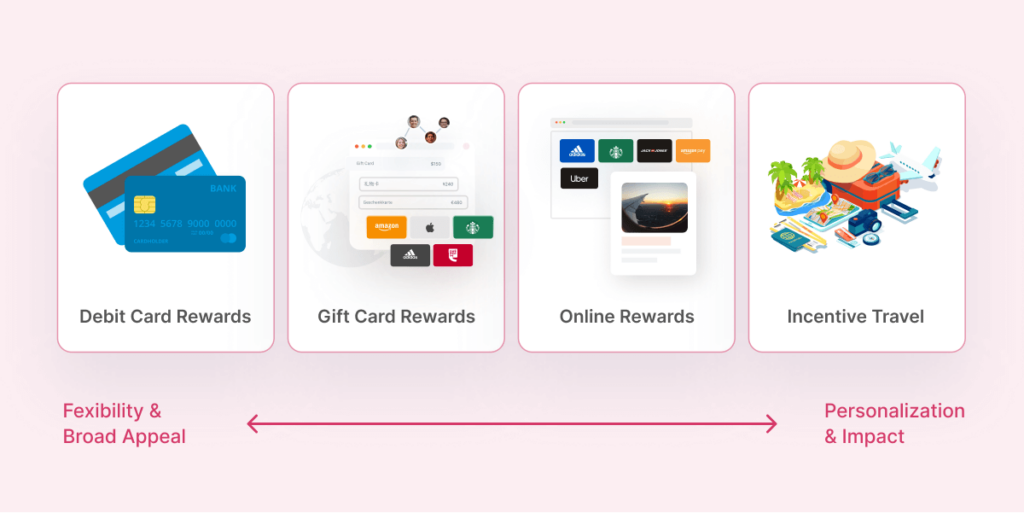
Offering a value proposition, such as limited-time deals or free shipping, can entice customers to take action right away rather than potentially forgetting about your website and moving on.
Including countdown timers for limited-time offers can also create a sense of urgency and encourage people to make a purchase before it’s too late.
Just make sure to prominently display these incentives on your website or landing pages to attract and convert customers.
Increase Trust

One of the biggest barriers to conversion is a lack of trust in your brand. This can be due to various factors, including a lack of social proof or customer reviews, unclear return policies, or a lack of security measures.
Take steps to address these issues and increase trust in your brand – make it easy for customers to leave reviews, prominently display badges or seals for security and privacy measures, and have clearly stated money-back guarantees.
In addition, don’t forget to mention your physical address and contact information on your website.
This will not only improve customer trust in your brand, but it can also lead to increased conversion metrics.
Optimize Layouts of Your Critical Pages
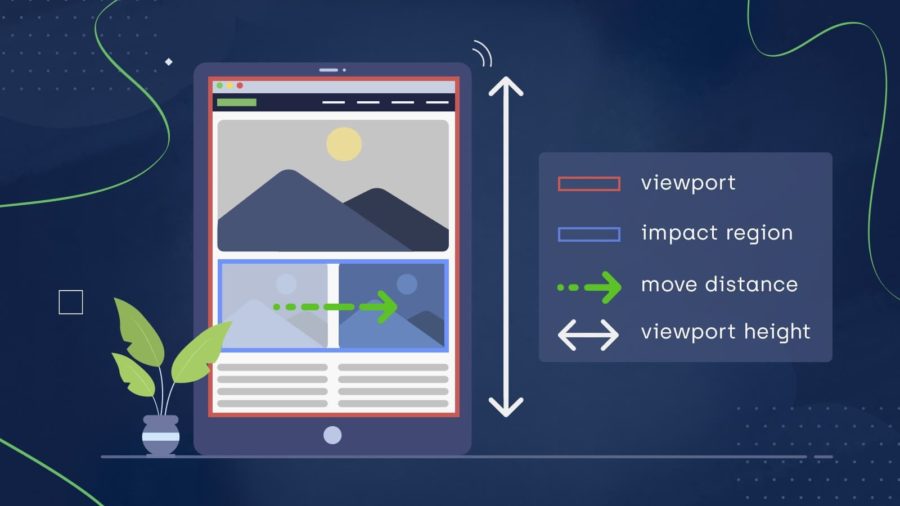
The layouts of your key pages, such as your homepage and product pages, can have a major impact on conversions. Take the time to optimize these page layouts for easier navigation and clearer calls to action.
Here are a few tips for optimizing page layouts:
- Place important information “above the fold” – in other words, visible without having to scroll
- Use visuals, such as images or videos, to enhance the layout and showcase your products
- Utilize whitespace to create a clean and organized layout
- Include clear and prominent CTAs.
Perform Competitor Analysis
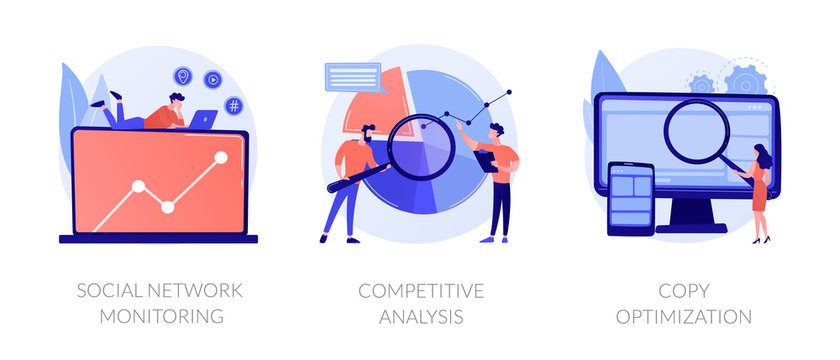
When it comes to business, there’s no such thing as standing still.
In order to stay ahead of the competition, it’s important to periodically perform competitor analysis and assess their strategies.
Look at their website layout, sales page, offers and promotions, and even their social media presence. This can give you insights into what is working for them and potential areas for improvement for your own site.
Perform an SEO Audit
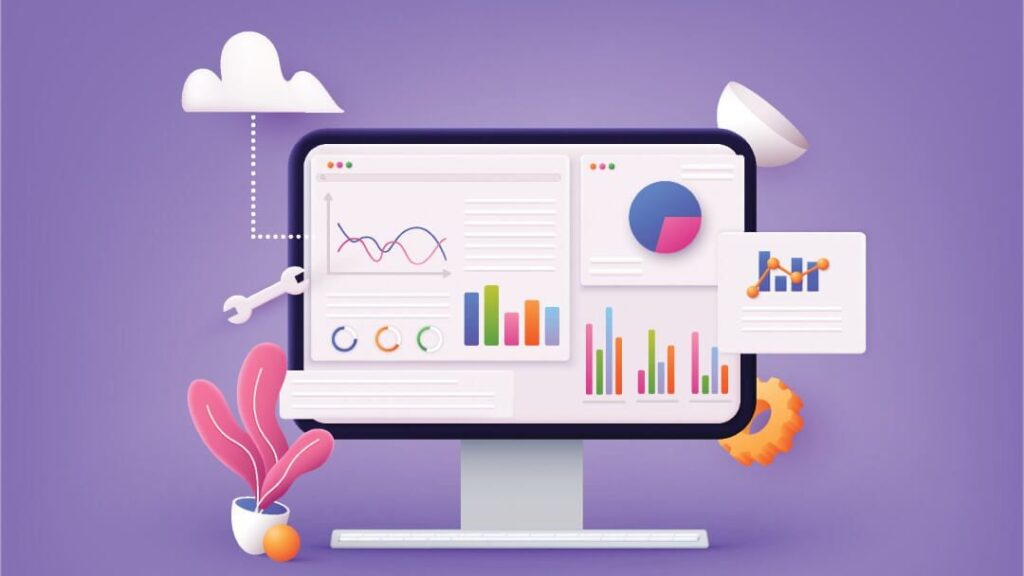
You can have the most beautiful and well-designed website, but if it’s not optimized for search engines, customers may never even find it.
Regularly perform an SEO audit to ensure that your website is using the appropriate keywords and phrases, has quality backlinks, and is properly indexed.
This can improve your search engine ranking and result in increased website traffic – and, ultimately, conversions.
If you’re not familiar with SEO, consider hiring a professional or taking a course to learn the basics. It can be a valuable skill for your business and greatly impact conversions.
Create Effective Abandoned Cart Email Campaigns
It’s inevitable – some customers will add items to their online shopping cart and then leave the website without completing their purchase. But all hope is not lost!
Implementing abandoned cart email campaigns can effectively remind customers about their unfinished purchases and encourage them to complete their transactions.
These emails should be personalized, include a strong call to action, and offer incentives such as discounts or free shipping.
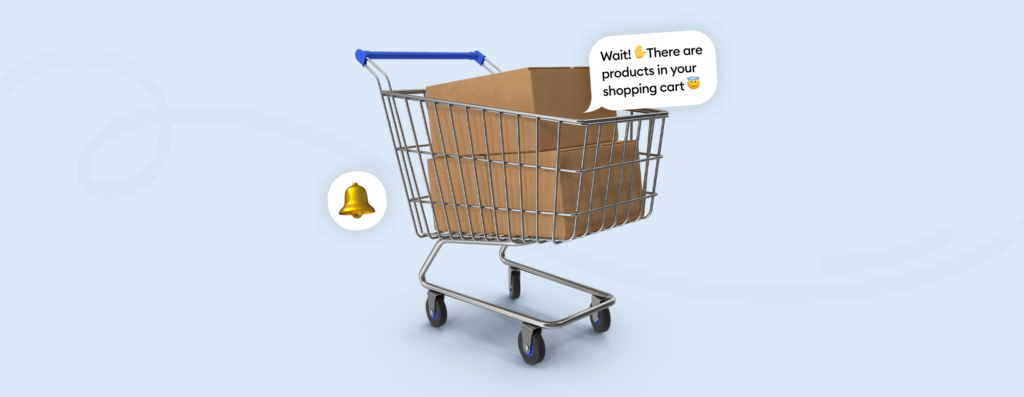
By implementing abandoned cart email campaigns, you can potentially recover lost sales and increase your conversion rate.
Track How People Interact with Your Website
Any successful marketing strategy should be data-driven, and conversion rate optimization is no exception.
Having a solid understanding of how visitors interact with your website can give valuable insights into where they may be getting stuck or losing interest.
There are various tools available for tracking user journeys, such as Google Analytics, heat maps, and scroll maps analysis, which can show where visitors are clicking and how far they are scrolling on each page.
By analyzing this data, you can make informed decisions on ways to improve the user experience and reach your conversion goals.
Localize or Personalize Content
Tailoring your website content to the local market or personalizing it for individual users can improve conversions by showing that you understand and cater to their specific needs and interests.
For local markets, this may involve translating content into different languages or highlighting deals and promotions available in that region.
For personalization, using customer data and past purchase behavior can help you make product or content recommendations and provide a more personalized experience.
Remember, customers are more likely to convert when they feel a connection with your brand!
Get Start on Improving your Website Conversion Rate Today
People start a business with the ultimate goal of profit and success. And one of the best ways to do that is by increasing your website’s conversion rate.
By following the above tips and continuously optimizing your website, you can potentially see a significant improvement in conversions.
Remember, good conversion rate optimization is an ongoing process – so stay ahead of the game and always be on the lookout for new tactics and techniques to further boost conversions.
Ensure to work with a professional sales team to reach your desired outcomes. After all, teamwork makes the dream work!
